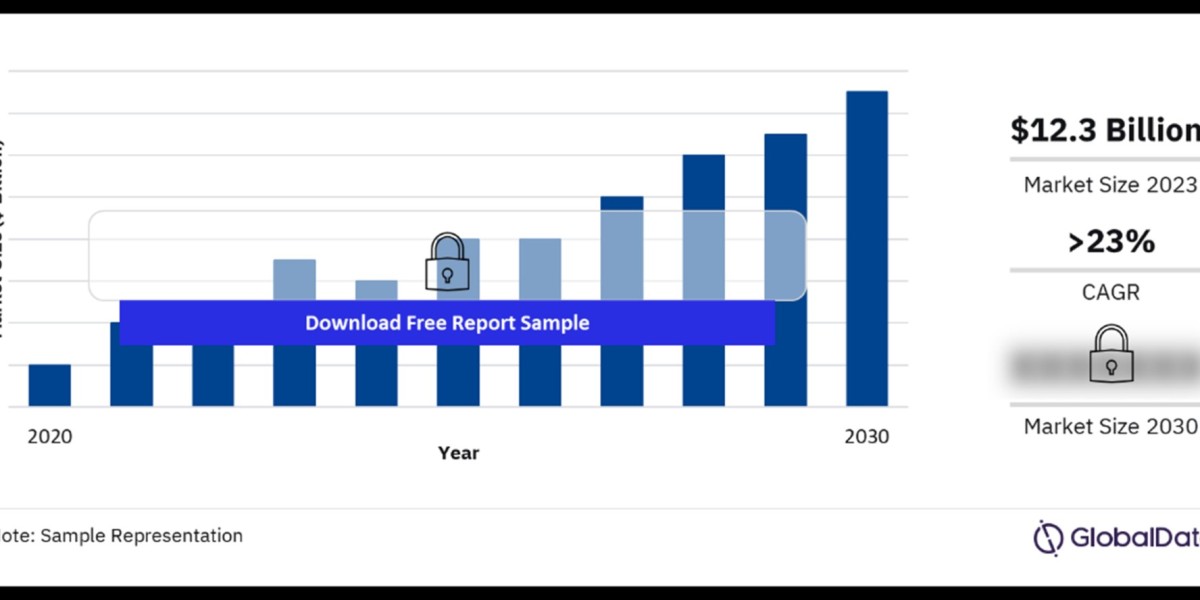The virtual reality (VR) market has undergone rapid growth, fueled by advancements in technology, increasing adoption across industries, and evolving consumer expectations. From immersive gaming experiences to transformative enterprise applications, VR is redefining how people interact with digital environments.

Buy the Full Report for Additional Insights into the Virtual Reality Market Forecast, Download a Free Report Sample
Below is an in-depth look at the key trends and insights shaping the global VR market.
Market Overview
- Market Size: The global VR market was valued at approximately $30 billion in 2023 and is projected to grow at a CAGR of 25% to exceed $150 billion by 2030.
- Key Segments:
- Hardware: VR headsets, sensors, controllers.
- Software: VR applications, gaming content, enterprise solutions.
- Services: Training, maintenance, and system integration.
- Major Players:
- Hardware: Meta (Oculus), Sony (PlayStation VR), HTC (Vive), Apple (Vision Pro).
- Software: Unity Technologies, Epic Games (Unreal Engine), Microsoft, and Google.
- Platforms: SteamVR, Meta Quest Store, and enterprise-specific platforms.
Top Trends in the VR Market
1. Expanding Consumer Applications
- Why It Matters: Consumer demand drives innovation in entertainment, gaming, and social interactions.
- Key Developments:
- High adoption of VR gaming platforms like PlayStation VR2 and Meta Quest.
- Growth in social VR spaces, such as Horizon Worlds and VRChat.
- Fitness-focused VR applications (e.g., Beat Saber, Supernatural) gaining popularity.
2. Enterprise and Industrial Adoption
- Why It Matters: Businesses leverage VR to improve productivity and reduce costs.
- Key Applications:
- Training and Simulation: Used extensively in healthcare, aviation, military, and manufacturing.
- Design and Prototyping: VR aids in product development, reducing time-to-market.
- Remote Collaboration: Virtual workspaces are enabling global teams to interact in 3D environments.
3. Advancements in Hardware
- Why It Matters: Improved hardware enhances user experiences and drives adoption.
- Key Developments:
- Standalone VR headsets like Meta Quest 3 are making VR more accessible.
- Launch of Apple Vision Pro, combining VR and augmented reality (AR) in a mixed-reality headset.
- Enhanced resolution, wider field of view, and lighter designs improving comfort and immersion.
4. Integration with Artificial Intelligence
- Why It Matters: AI enhances VR environments with dynamic, realistic interactions.
- Key Applications:
- AI-powered NPCs (non-player characters) for immersive gaming experiences.
- Real-time customization of virtual environments.
- AI in enterprise VR for predictive modeling and analytics.
5. Metaverse Development
- Why It Matters: VR serves as a cornerstone technology for building metaverse platforms.
- Key Examples:
- Meta’s Horizon Worlds and Roblox’s immersive experiences.
- Corporate metaverse initiatives, such as NVIDIA Omniverse for industrial collaboration.
- Rise of decentralized platforms like Decentraland, integrating blockchain with VR.
6. Healthcare Applications
- Why It Matters: VR is revolutionizing patient care and medical training.
- Key Uses:
- Pain management and therapy for mental health disorders, such as PTSD and anxiety.
- VR surgical training programs for medical professionals.
- Rehabilitation and physical therapy tools for improved patient outcomes.
7. Education and Training
- Why It Matters: Immersive VR content enhances learning experiences.
- Key Developments:
- VR classrooms providing interactive learning environments.
- Training simulations for high-risk industries like oil and gas, mining, and construction.
- Growth in VR-based language learning and cultural immersion programs.
8. Retail and E-Commerce Applications
- Why It Matters: VR enhances shopping experiences and increases customer engagement.
- Key Developments:
- Virtual try-ons for fashion, furniture, and accessories.
- VR stores offering immersive shopping experiences.
- Retailers leveraging VR for product demonstrations and brand storytelling.
9. 5G and Cloud VR
- Why It Matters: Improved connectivity and cloud computing enhance VR scalability.
- Key Applications:
- Low-latency VR streaming via 5G networks.
- Cloud-based VR enabling lightweight, wireless headsets without heavy local processing.
10. Content Creation and Customization
- Why It Matters: Growing demand for diverse and high-quality VR content.
- Key Developments:
- Platforms like Unity and Unreal Engine empowering developers.
- User-generated VR content driving engagement in social VR platforms.
- AI tools assisting in rapid content creation and customization.
Challenges in the VR Market
- High Initial Costs: Hardware and content development remain expensive for consumers and businesses.
- Limited Content: The market still needs a broader variety of applications and games.
- Motion Sickness: Some users experience discomfort, hindering widespread adoption.
- Interoperability: Lack of standardization across platforms and devices.
Regional Insights
- North America: Leading market due to strong consumer adoption and enterprise investment.
- Europe: Growing demand for VR in training and simulation, especially in the automotive and healthcare sectors.
- Asia-Pacific: Rapid growth driven by gaming and entertainment in countries like China, Japan, and South Korea.
- Latin America and MEA: Emerging markets with increasing adoption in education and healthcare.
Future Outlook
- Growth Drivers:
- Technological advancements in VR hardware and software.
- Increasing applications across industries like healthcare, retail, and education.
- Rising investments in metaverse-related initiatives.
- Projections:
- By 2030, standalone headsets are expected to dominate the hardware segment.
- Enterprise VR will account for a significant share of market revenues, driven by training and simulation.
Conclusion
The VR market is evolving rapidly, driven by technological innovation and expanding use cases across consumer and enterprise domains. Companies that focus on addressing user experience challenges and developing diverse applications will lead the way in unlocking the full potential of virtual reality.








